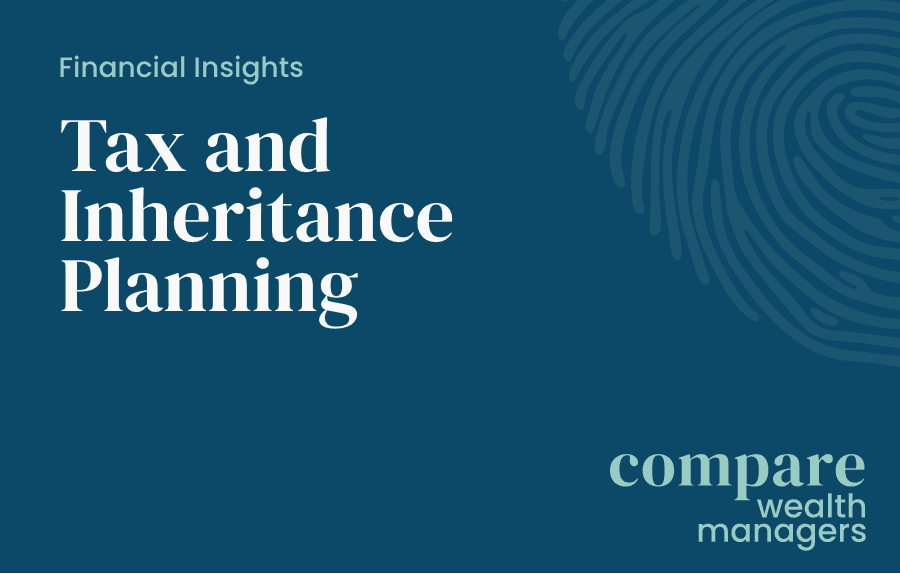Table of Contents
- Basic Rate Taxpayers (£12,571 - £50,270)
- Higher Rate Taxpayers (£50,271 - £125,140)
- Additional Rate Taxpayers (£125,140+)
- Employers
As the new tax year begins, several changes will impact workers across different income brackets. While major tax rates remain unchanged, the continued freeze on income tax thresholds, reductions in allowances, and cuts to National Insurance rates will affect take-home pay and long-term financial planning. Understanding these changes is crucial for taxpayers at all income levels to maximise their earnings and minimise unnecessary tax liabilities.
Basic Rate Taxpayers (£12,571 - £50,270)
For those in the basic rate tax band, which covers income from £12,571 to £50,270, the main income tax rate remains at 20%. The personal allowance, the amount you can earn tax-free, remains frozen at £12,570. While this might seem like stability, the prolonged freeze on these thresholds means that as wages rise, more people will be pushed into paying more tax, a process known as fiscal drag. Without any adjustments for inflation, workers who receive pay rises may find themselves paying more tax despite their purchasing power remaining the same.
One of the few tax reliefs for lower and middle-income earners is the reduction in National Insurance Contributions. As of April 2024, the main rate of NICs for employees was cut from 10% to 8% for earnings between £12,570 and £50,270. This reduction provided some relief for workers, increasing take-home pay slightly. However, for those who move into the higher-rate tax band due to fiscal drag, the benefits of the NIC cut may be offset by higher income tax liabilities.
Another significant change is the steady reduction of tax-free allowances on dividends and capital gains. If you have investments outside of an ISA or pension, the dividend allowance, the amount of dividend income you can receive tax-free, has dropped from £1,000 to £500. Similarly, the capital gains tax exemption has been halved from £6,000 to £3,000, meaning investors will pay more tax when selling assets for a profit. While this affects all taxpayers, those who earn dividend income from stocks or rental properties should be particularly aware.
Key Takeaways for Basic Rate Taxpayers:
- No change to the personal allowance or tax rate, but fiscal drag may push more people into higher tax brackets.
- National Insurance remains at 8% for earnings between £12,570 and £50,270.
- Dividend allowance reduced to £500 and capital gains tax exemption lowered from £6,000 to £3,000, impacting investors and landlords.
Higher Rate Taxpayers (£50,271 - £125,140)
For those earning above £50,270, the higher income tax rate of 40% still applies, but frozen tax bands mean more middle-income earners are creeping into this category. Anyone receiving a pay rise that pushes them above the £50,270 threshold will now pay 40% on income above this level rather than the basic 20%, effectively increasing their overall tax burden.
One of the biggest tax traps within this bracket is the personal allowance taper, which affects individuals earning more than £100,000. Once earnings exceed this amount, the personal allowance is reduced by £1 for every £2 earned, meaning that by the time someone reaches £125,140, they lose their entire £12,570 tax-free allowance. This results in an effective tax rate of 60% on income between £100,000 and £125,140, making this one of the highest marginal tax burdens in the system.
Like basic rate taxpayers, higher earners will benefit from National Insurance reductions, as the NIC rate for earnings between £12,570 and £50,270 stays at 8%. Additionally, National Insurance on earnings above £50,270 remains at 2%, meaning high earners gain less of a benefit compared to those in lower tax brackets.
For individuals in this range, tax-efficient strategies become even more important. Maximising pension contributions can help reduce taxable income and avoid falling into the 60% effective tax trap. Using salary sacrifice schemes, contributing to an ISA, and making use of other tax-free investment options can also help mitigate the impact of fiscal drag and reduced allowances.
Key Takeaways for Higher Rate Taxpayers:
- 40% income tax applies to earnings over £50,270, with more people being pushed into this bracket due to fiscal drag.
- The 60% tax trap affects earnings between £100,000 and £125,140, as the personal allowance is gradually withdrawn.
- Pension contributions and tax-efficient investments are key strategies to reduce tax liability.
Additional Rate Taxpayers (£125,140+)
For those earning above £125,140, the highest rate of income tax remains at 45%, but more people are now affected due to changes in the previous tax year. The additional rate threshold was lowered from £150,000 to £125,140, meaning anyone earning above this level pays more tax than before.
Dividend taxation has also increased, as the tax-free allowance has dropped to £500, meaning those who rely on dividend income will pay more. The capital gains tax allowance has also been cut to £3,000, affecting high-net-worth investors who realise profits from assets such as property, stocks, or business sales.
With national insurance contributions staying the same, the impact is limited for taxpayers at an additional rate. Most financial planning strategies at this level involve pension contributions, tax-efficient investments and charitable donations, which can help reduce taxable income and take advantage of available reliefs.
Key Takeaways for Additional Rate Taxpayers:
- 45% tax rate applies to earnings over £125,140, with more people affected due to the lower threshold relative to purchasing power.
- Dividend and capital gains tax allowances have been reduced, increasing tax on investments.
- Tax planning is crucial, including pension contributions and charitable giving to reduce tax liabilities.
Employers
From April 6, 2025, the main rate of Class 1 employer National Insurance Contributions (NICs) will increase from 13.8% to 15%. Concurrently, the Employment Allowance (EA) will rise from £5,000 to £10,500, and the previous eligibility cap based on NICs liabilities is being removed. This allows a broader range of businesses, including those with higher NICs liabilities, to reduce their annual NICs bill. Additionally, with the increases to minimum wage, employers should review their eligibility and adjust payroll processes accordingly to avoid losing out due to these changes.
How to Navigate These Changes
While there are no headline increases in tax rates, the freezing of income tax thresholds and reductions in tax-free allowances mean that many individuals will face higher tax burdens, particularly due to fiscal drag. National Insurance cuts in Autumn 2024 provide some relief, but they do not fully offset the additional tax paid due to frozen thresholds. For those in higher tax brackets, making the most of tax-efficient strategies, such as pensions, ISAs, salary sacrifice schemes, and charitable donations, will be critical in reducing liabilities. Planning ahead and seeking professional advice can help taxpayers navigate these changes and optimise their financial position in the new tax year.
By understanding how these tax adjustments affect you, you can take proactive steps to maximise your income, reduce tax liabilities, and make the most of your financial opportunities in the year ahead.
If you’re looking for additional advice on tax-efficient wealth management, Compare Wealth Managers can help you find someone that is right for you. Just click the orange button to “Start comparing” now or check out our 5* reviews from Trustpilot.




